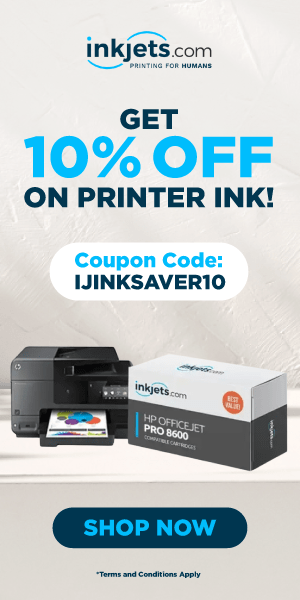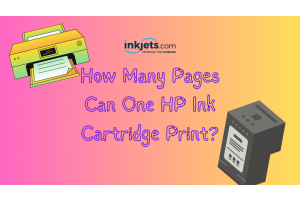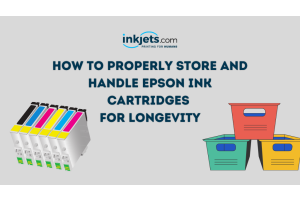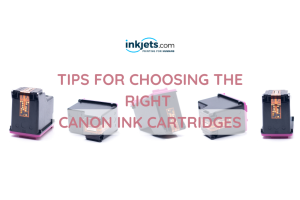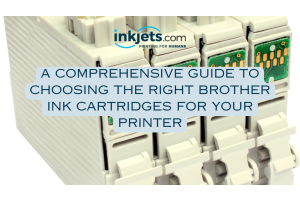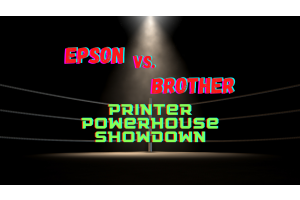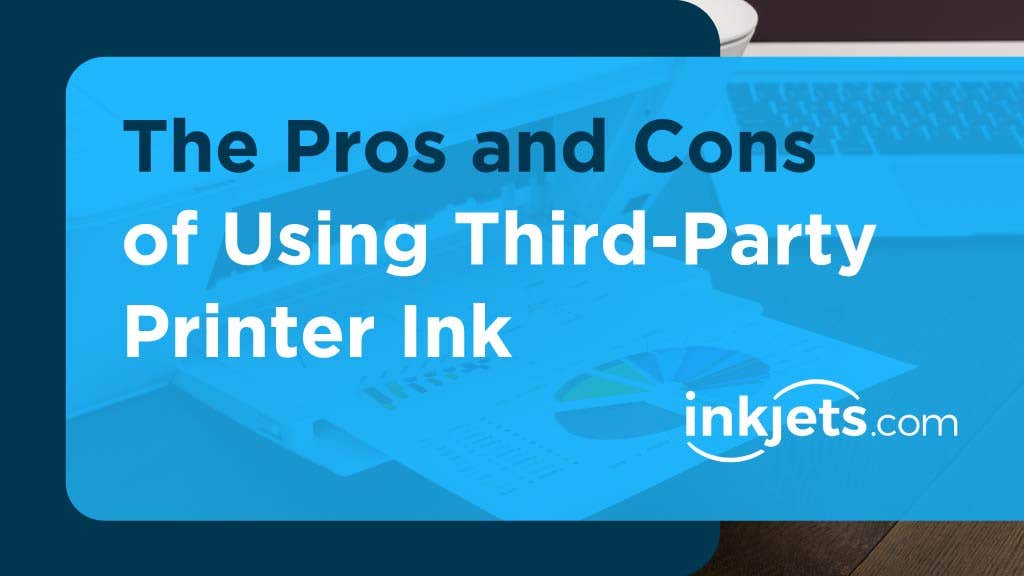
When it comes to printer consumables, one of the most recurring dilemmas faced by consumers
is choosing between original equipment manufacturer (OEM) ink cartridges and third-party
Read: OEM Versus Remanufactured Ink
While OEM ink cartridges refer to those supplied by the original printer manufacturers,
third-party ink (also known as compatible, generic, or non-OEM) is produced by
independent manufacturers.
Before making a decision, it's essential to consider the various pros and cons associated with
the use of third-party printer ink.
Pros of Using Third-Party Printer Ink


Cost-Effectiveness
Undoubtedly, the most attractive aspect of using third-party printer ink is the lower cost compared
to OEM ink cartridges.
Some third-party ink can be purchased for as low as 50% of the price of their OEM counterparts, and
in certain cases, the difference is even more significant.
This cost efficiency can be vital, particularly for those who rely on printers for extensive daily operations,
such as businesses or educational institutions.
Availability
Third-party printer ink is widely available from a plethora of suppliers, both online and offline.
This broad availability means that consumers have the flexibility to choose from various suppliers
based on their needs, preferences, and budget constraints.
Third-party providers often provide the additional convenience of speedy delivery and the ability to
buy in bulk, which further enhances their appeal to many consumers.
Eco-Friendliness
Third-party cartridges often involve the recycling and reusing of old or used cartridges.
By opting for remanufactured cartridges, consumers contribute to reducing waste, making
third-party ink an eco-friendlier option compared to new OEM cartridges.
Cons of Using Third-Party Printer Ink


Quality Variance
One of the significant concerns associated with the use of third-party ink is the inconsistency in quality.
The performance and longevity of third-party cartridges can vary significantly between different suppliers.
While some may provide ink comparable to OEM in terms of color accuracy, resolution, and longevity,
others may fall short.
The risk of ending up with subpar ink quality is a factor that discourages many from using third-party ink.
Potential Damage to the Printer
Third-party ink cartridges, especially poorly made ones, can potentially harm your printer.
They can cause issues such as leakage, which can damage the printer head, or they might
not fit perfectly, causing mechanical problems.
Additionally, some printer manufacturers warn that the use of non-OEM ink can void the warranty,
although in many jurisdictions, this is not legally enforceable.
Compatibility Issues
Not all third-party cartridges are compatible with all printer models. Before purchasing, consumers
need to ensure that the third-party cartridge they're considering is compatible with their specific
printer model.
Even when they are deemed compatible, some users have reported problems with their printers not
recognizing the third-party cartridges, leading to functionality issues.
Inferior Print Quality
Depending on the supplier, the print quality offered by third-party ink can be inferior to that of OEM ink.
Issues might include faded prints, inaccurate colors, or smeared ink.
Particularly for professional use where high-quality prints are critical, such as in photography, design,
or publishing, the potential drop in print quality can be a significant disadvantage.
In conclusion, the choice between OEM and third-party printer ink ultimately boils down to individual
needs and preferences.
For budget-conscious consumers, students, or small businesses with high-volume, low-quality printing
needs, third-party ink can be a viable, cost-effective solution.
However, for professional environments where superior print quality is paramount, or for those who
prefer the reliability and peace of mind that comes with using OEM products, the extra investment in
OEM ink could be worth considering.
Before purchasing third-party ink, it's important to do thorough research. Look for reliable suppliers with
positive customer reviews and warranties or guarantees.
By taking these precautions, you can increase the chances of finding high-quality third-party ink that meets
your printing needs without breaking the bank.



